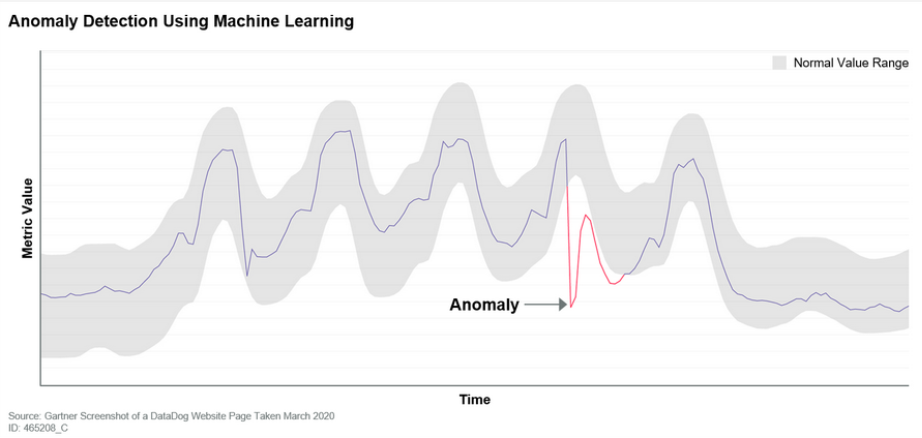Earlier this year, Gartner published a report called “How to Manage and Optimize Costs of Public Cloud IaaS and PaaS.”
Overall, we agreed with the piece and wrote a blog post about what they get right (and where they miss).
However, one thing that stood out to us is how many aspects of optimization Gartner described as very difficult — which CloudZero can help make easier.
So, we’d thought we’d break a few of them down to help you understand how CloudZero can help you meet your cost optimization goals, without requiring excess manual effort or specialization.
Challenge #1: Tagging
What Gartner Says
Gartner stresses the importance of implementing a tagging strategy for cost optimization as early as possible, especially since “tags will appear in your bill from the moment they’re implemented. They will not apply retroactively to bills that were issued prior to the application of tags.”
However, they then write, “although most organizations understand the importance of tags, even beyond the cost allocation use case, Gartner inquiries show that many tagging initiatives fail.”
How CloudZero Helps
CloudZero uses machine learning to automate and augment your tagging strategy. We can also tag resources that are typically untaggable. Because of this, our customers can get started in hours and days — not months of manual tagging exercises.
Resource
Challenge #2: Allocating Shared Resources
What Gartner Says
“In some situations, even the combination of tags with the provider’s native hierarchy is not enough to properly allocate spending across cost centers. This happens when resources are shared between multiple projects, departments or by the entire organization … organizations must determine how to split the costs of shared resources.”
They state that because this is typically handled manually, “it does not scale.” As a result, they recommend tagging higher up the stack to achieve a per-cost-center breakdown or using dedicated infrastructure per project or application.
However, they say “Sometimes, the effort required to allocate costs for shared resources may outweigh its benefits. Therefore, you may want to develop this strategy only for the most expensive shared resources that experience heavy unbalanced usage from your cloud consumers.”
How CloudZero Helps
With CloudZero, companies don’t need to make a tradeoff between granular, accurate cost metrics and highly manual, yet still inaccurate processes. CloudZero can organize your costs into products, features, customers, business units, teams, and more — without manual effort, extensive tagging, or guesswork.
Resources
Challenge #3: Alerting on Anomalies
What Gartner Says
Gartner breaks down how you can either build a rules based model, which will likely have a number of false positives — or build your own machine learning model.

How CloudZero Helps
CloudZero offers anomaly alerting out of the box. There’s no configuration or setting rules — it just works. You can also get alerts by product, feature, or dev team and send them to team-specific Slack channels, so developers can view and take action on what matters to them.
Resource
The Big Picture
Alerting, tagging, shared resources — they’re all a means to an end.
Gartner is really saying that costs need to be organized into meaningful units of business, so that stakeholders throughout an organization can proactively control cost — while making informed decisions in the best interest of the business.
CloudZero automates manual and challenging cost optimization to help your organization — from your CEO to an individual developer — take smarter action when it comes to cost.
You could dedicate entire engineering teams to building the cost management and optimization solutions Gartner describes — or you could try a SaaS solution that’s already built it for you.
Get started with CloudZero today.







